Sustainable design: deeds and words
While being involved in a research project on the ‘Social Values of Design’, definitions were needed, and in this case descriptions such as “products, services or brands that address social issues” and the idea of “creating a good society” were used alongside categories of social value that included “ethics”, “community” and a “responsibility to the natural environment”.
The terminology in this area has always been difficult, not least because it becomes filled with acronyms and buzzwords. But also because words such as ‘responsible’, ‘ethical’ and ‘good’ draw us into subjective philosophical debate, politics, morals and highly personal perspectives. It is easy to get side tracked in endless discussion and unless you relish the debates, it can make these subjects difficult to access.
Terminologies change. On the environmental side, ‘eco-design’ has evolved into the more recent guise of ‘the circular economy’. This is a more dynamic and business-led phrase, originally from the work of the Ellen MacArthur Foundation and explored and promoted further in the excellent work at the RSA. ‘Cradle-to-Cradle’ was the phrase of interest before that, following the work of Michael Braungart and William McDonough in their book of 2002. And we can trace these subjects back further to the ‘Good Design’ principles of Dieter Rams, the ‘First Things First Manifesto’ from Ken Garland, and the work of other designers such as Victor Papanek and Buckminster Fuller. The idea that designers should contribute and can address environmental and social issues is not new. The language may evolve and the details change, but the underlying principles and the call-to-action remains the same.
So as well as talking and researching are we in the design industry doing enough? The 21st Century is awash with major issues. Resource depletion, population growth, pollution, poverty, inequality, climate change and conflicts affect the state of our world, and this is the context in which we work. But is the design industry engaged enough in the pursuit of solutions to these problems? Is design education encouraging designers to see a more global picture of what the world really needs and the role that design and designers can play?
‘Sustainable design’, ‘social design’, ‘environmental design’, ‘responsible design’, ‘design for good’ - whatever you want to call it, for me it is about designing in the context of the 21st Century – facing complex issues at a scale we have not seen before. These topics can be scary, daunting, even overwhelming, but it is also an exciting time of change that requires real innovation and creativity – and design should be at the heart of that.

